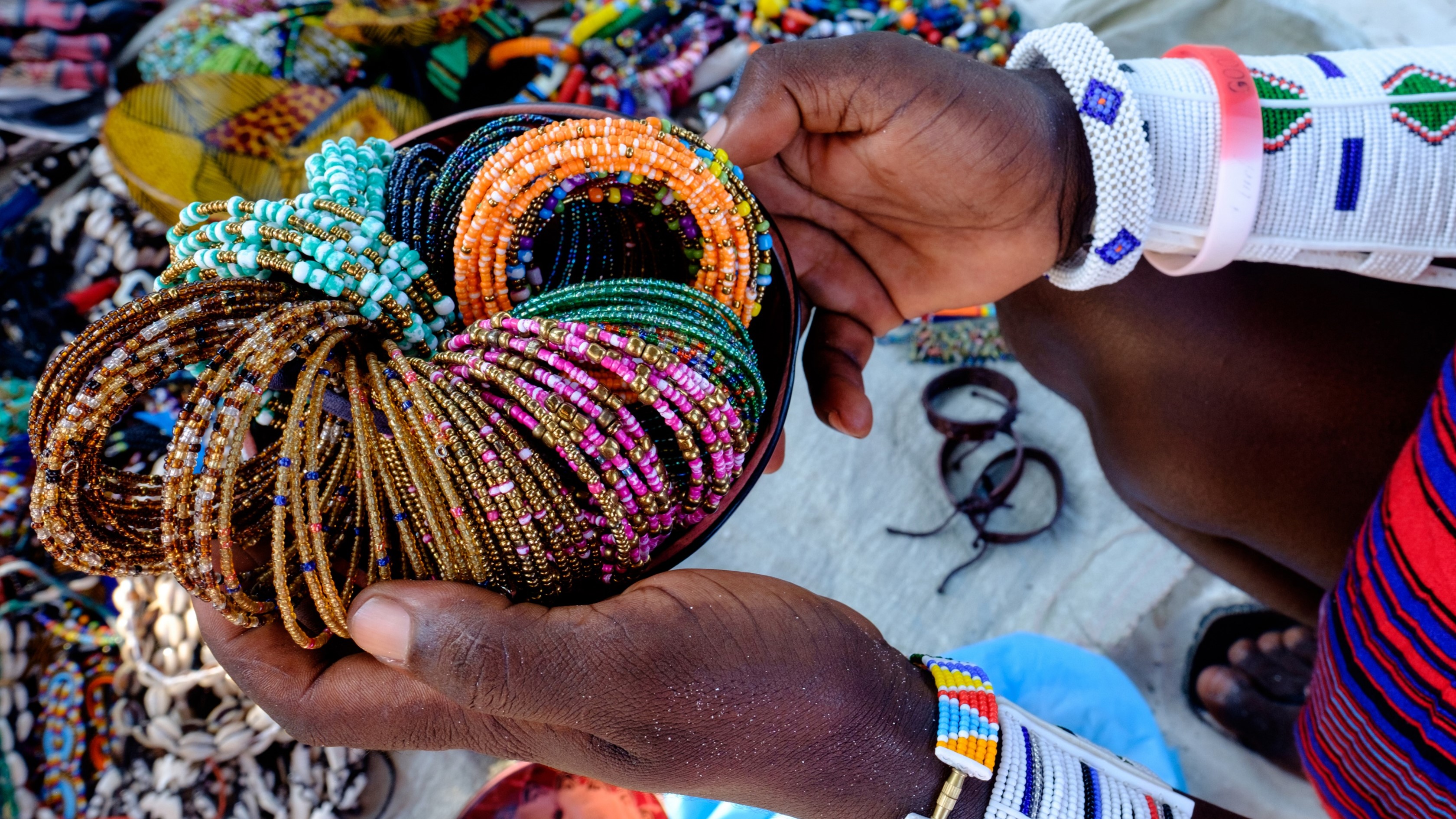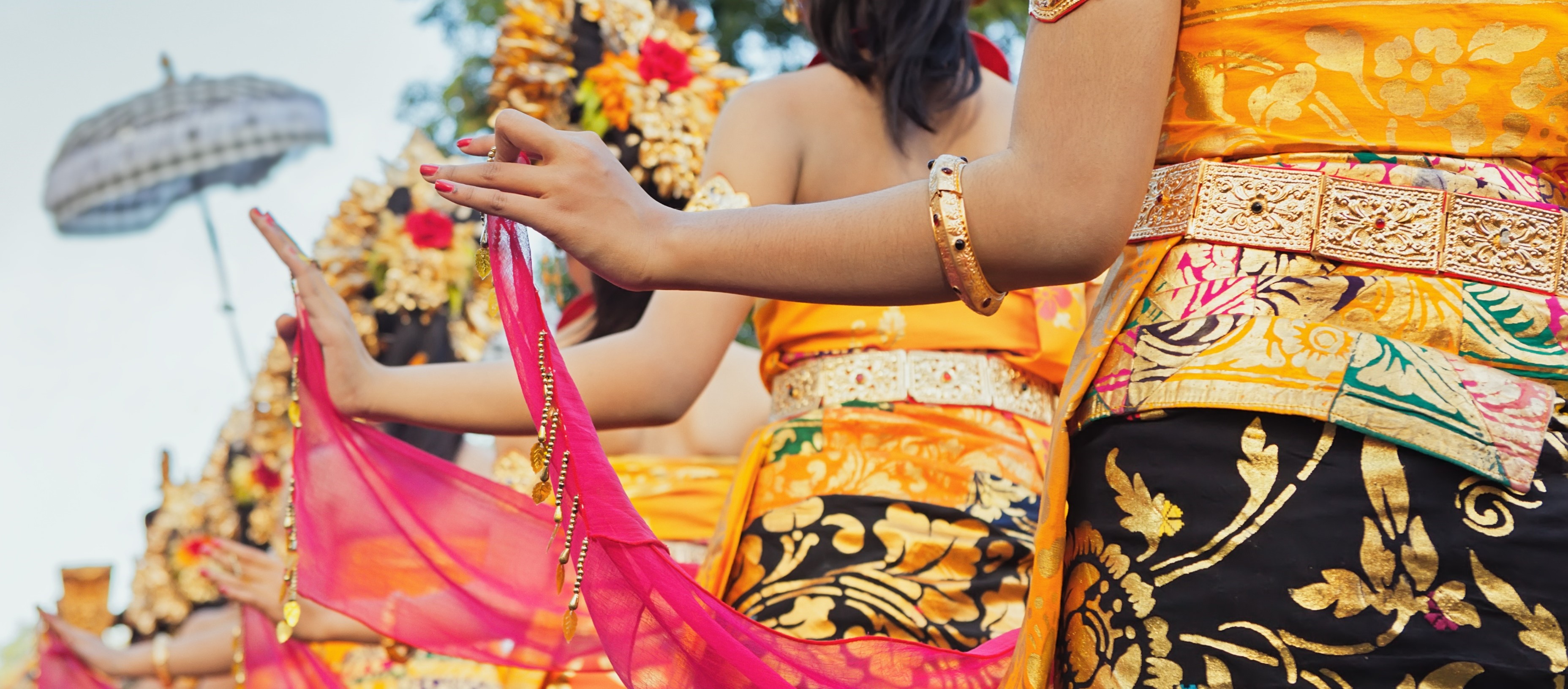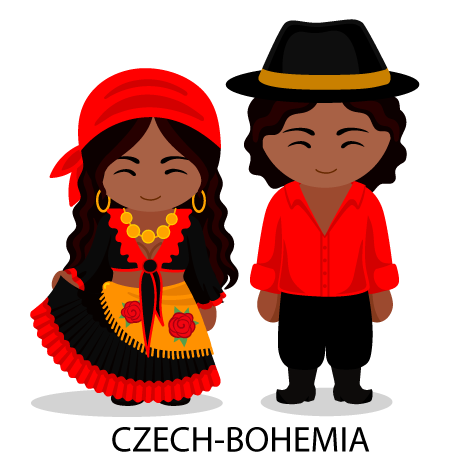
BOHEMIA
Chokha: A traditional garment worn by men of the Caucasus region and some Central Asian countries, typically made of wool or cotton with a long, fitted silhouette and high collar, often embroidered with intricate designs and patterns and worn with loose-fitting pants called shalvar and knee-high boots called chukha.
Kamiz: A long-sleeved shirt primarily made of cotton and often worn with a pair of loose-fitting trousers known as a Salwar or Pyjama. Additionally, it is commonly worn with traditional headgear such as a Turban or Pagri
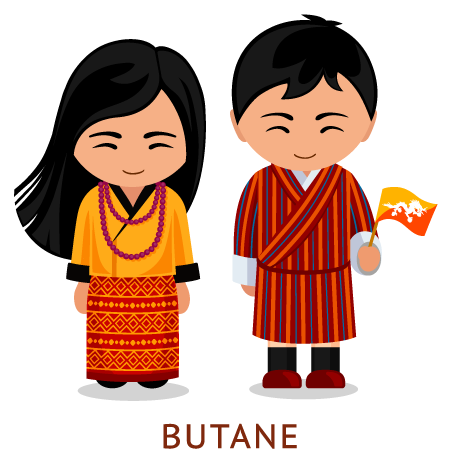
BUTANE
The gho: A traditional dress worn by Bhutanese men, a knee-length robe tied at the waist by a cloth belt, made of hand-woven fabrics, usually made of natural fibers such as cotton, silk, and wool, and can be adorned with intricate patterns and embroidery.
Kira: A traditional ankle-length garment worn by Bhutanese women on formal occasions, made of fine hand-woven fabric paired with Rachu and Tego, it is considered a symbol of Bhutanese culture.

BANGLADESH
Panjabi or Punjabi: A long tunic worn with loose-fitting trousers called "shalwar" and a scarf called "dupatta," typically made from cotton or silk and adorned with intricate designs, is considered a symbol of Bangladeshi culture and worn on special occasions like wedding and religious ceremonies.
Sari: A traditional female garment worn in Bangladesh, it is a long piece of fabric wrapped around the body with a blouse and a scarf, typically made from silk, cotton, or other traditional textiles, and adorned with intricate designs, it is worn on special occasions and considered as a symbol of Bangladeshi culture.
The salwar kameez: Considered a symbol of Bangladeshi culture and is worn daily and on special occasions. It is typically made from cotton or silk and is adorned with intricate designs and patterns.
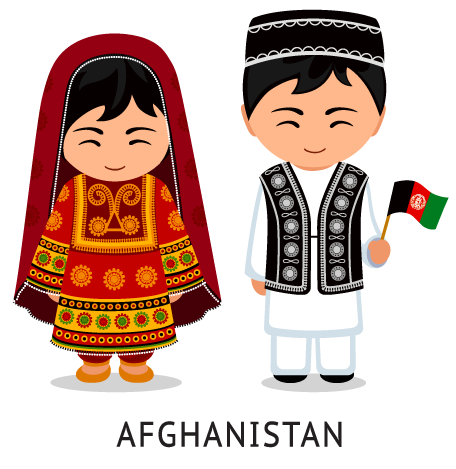
AFGHANISTAN
Perahan Tunban: It is a traditional garment worn by both men and women and consists of a long tunic called a perahan and a pair of trousers called tunban.
Pashtun attire: A traditional outfit worn by Pashtun men, it consists of a long tunic called a kameez and a pair of loose-fitting pants called shalwar, and a turban called "pakol."
Burqa: A traditional veil worn by women covers the entire body and face, leaving only a mesh screen for the eyes.
Turban: A traditional headgear worn by men.
Chaderi: A long, flowing gown worn over a blouse and a scarf.
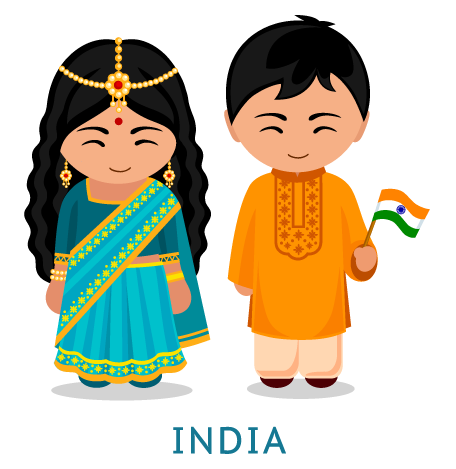
INDIA
Sari: A long fabric worn by women, generally wrapped around the waist and draped over one shoulder, frequently worn with a blouse and something called a dupatta, a kind of scarf.
Salwar Kameez: A traditional outfit worn by women consists of a long tunic called a kameez and a pair of loose-fitting pants called salwar.
Lehenga: A traditional skirt worn by women, often paired with a choli, a short blouse, and a dupatta.
Sherwani: A traditional outfit worn by men, it is a long coat-like garment worn over a kurta and a pair of loose-fitting pants called churidar.
Pagri: A traditional headgear worn by men, it is a turban-like headwrap worn in some regions of India, mainly in South India.
Choga: A traditional garment worn by women is a long robe with wide sleeves worn over a sari or lehenga.
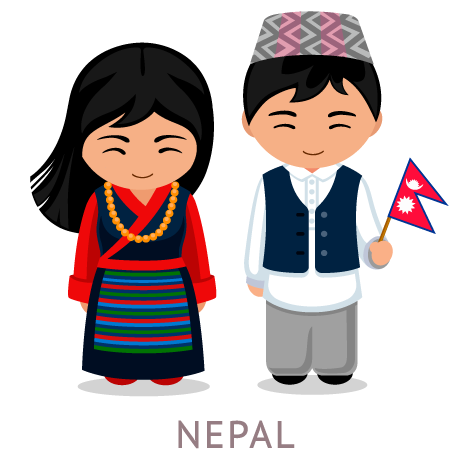
NEPAL
Dhoti (dhoti or Daura suruwal): A long-sleeved shirt worn by men and can be worn with a kurta
Ghalek/cholo: A blouse and a long skirt worn by women; its worn mainly by the Newari community
Lungi: A traditional men's garment worn by ethnic groups in the Terai region.
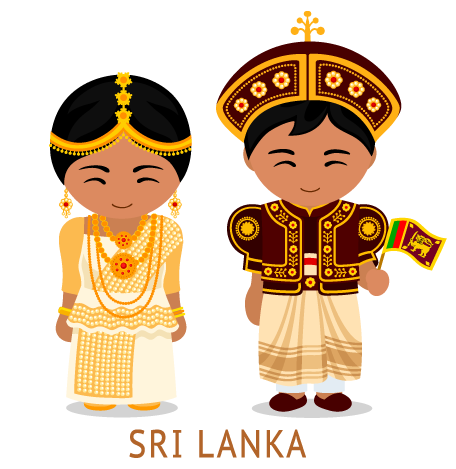
SRI LANKA
Veshti: A traditional men's garment in Sri Lanka, it is a long piece of cloth wrapped around the waist and legs, similar to the lungi in India.
Osaria: A traditional dress worn by women, a long, flowing garment worn over a blouse and a sarong.
Kandyan Sari: A traditional sari worn by women in the Kandyan region, it is characterized by its bright colors and intricate designs.
Langa: A traditional dress worn by women, a long, flowing garment worn over a blouse and a sarong.
Koti: A traditional men's garment worn in the low country, a long, flowing robe worn over a sarong and a short-sleeved shirt.
Mundu: A traditional men's garment worn in the Uva and Sabaragamuwa provinces, it is a sarong-like garment worn around the waist and legs.

MALDIVES
Lungi: A traditional male garment worn in the Maldives, it is typically made from cotton, and it is worn with a short-sleeved shirt or a bodice; it is considered casual wear, and men of all ages wear it and also sometimes used as beach wear in the Maldives, and it is regarded as a symbol of Maldives culture.
Kaftan or Rasha: A traditional female garment worn in the Maldives, it is a long flowing dress worn with a headscarf and considered a symbol of Maldives culture.
